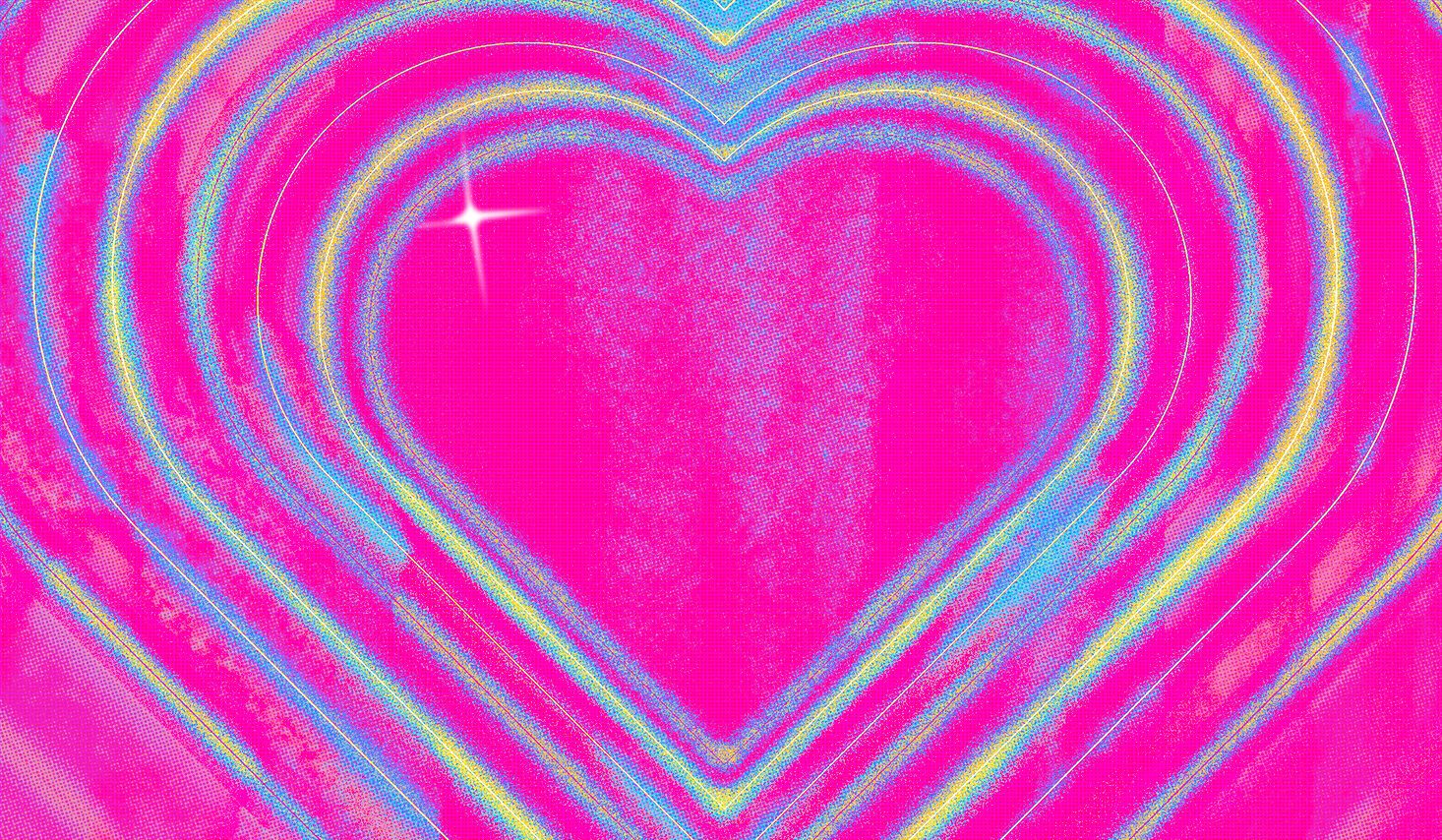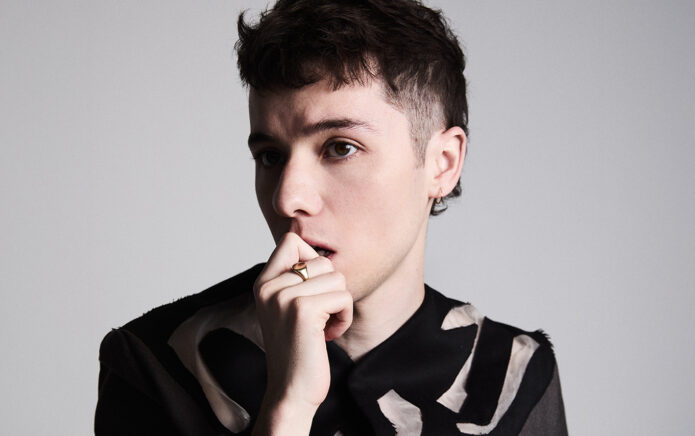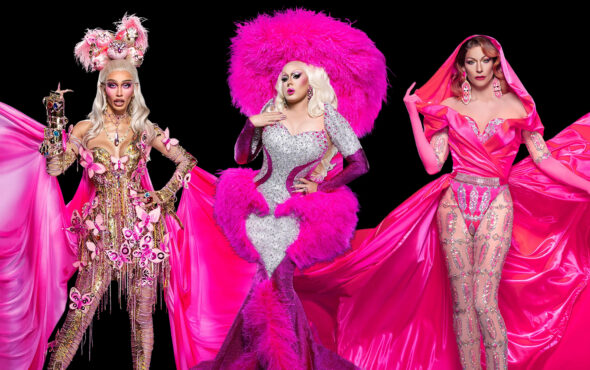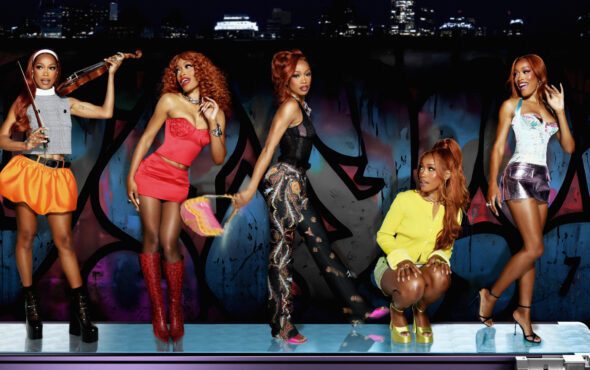
As a queer person, entering a community with a large number of labels encompassing sexual, gender and relationship identities can feel overwhelming. It’s a running joke in my friendship group that I’ve taken the notion of sexuality being ‘fluid’ to the extreme, adopting different sexual identity labels depending on how I’m feeling in that specific period. Although seemingly innocent on a surface level, I recently realised that this behaviour stemmed from confusion. It’s perfectly valid for your sexual identity to evolve or reject the idea of labelling oneself completely, but in my case, I was clearly suffering from choice paralysis. I’d put unreasonable amounts of pressure to figure out ‘who’ I was, subconsciously limiting myself between the supposed sliding scale of homosexual, bisexual and heterosexual identities.
Pansexuality as a sexual identity has grown in popularity and relevance in recent years. My first experience of it was when watching Frank-N-Furter effortlessly push the boundaries of sexual fluidity in Rocky Horror Picture Show; and now we have multiple celebrities like Rina Sawayama, Janelle Monae and Yungblud publicly identifying as pansexual. I’ve always found pansexuality interesting because despite struggling to find a label that feels right for me, I’ve been sure of one thing: gender doesn’t really play a central role in determining whether I’m attracted to someone. If you’re fit, you’re fit! It was only through research into pansexuality that I realised I am not alone in this mindset and although being a relatively new term, pansexuality isn’t actually a new notion at all.
Pansexuality is defined as “someone who is sexually or romantically attracted to people of any gender”. The etymology of the term is a mish-mash of ancient languages, the first half of the word ‘pan’ is ancient Greek for ‘all’ and the prefix ‘sexual’ is Latin and relates to sex and erotic appetites. What’s interesting though, as is with most modern terms used to capture marginalised identities, is that the modern use of the term pansexual greatly differs from its origins. It stems from the term ‘pan-sexualism’, devised by Victor Haberman in the early 20th century in the Journal of Abnormal Psychology as a critique of Freudian psychology’s theorisation that sex and eroticism influence all human motivation. This led to early iterations of ‘pansexual’ as a term not relating to a sexual identity at all, instead focusing on psychoanalysis, capturing the base aspects of human activity.
The origins of the word ‘pansexual’ becoming one to mark a sexual identity is relatively unclear, there are some cases of it being used in the media in the mid-20th century. One of my favourite examples of this being a review of Andy Warhol’s film ‘Lonesome Cowboy’ in the Los Angeles Free Press in 1968; “Lonesome Cowboy, like all Warhol films, is pansexual. The only sexual differences are genital, not psychological or preferential. Warhol is years ahead of everyone [and] is predicting popular pansexuality by A.D. 2000.” It gained popularity in BDSM communities as a way to provide nuance to their sexual activities in the 1990s, and in recent years has been adopted by more young people within the LGBTQIA+ community. Dr Nikki Hayfield is a qualitative psychology researcher whose research interests are in bisexualities, pansexualities, asexuality, and sexualities. They tell me: “More people identified with pansexuality as it became more culturally visible and to align themselves with the idea of attraction to all genders in line with the increasing visibility of trans and non-binary identities as well as resistance to labels (it’s been seen as an anti-identity), particularly binary or traditional terms.”
For some, identifying as pansexual is a radical act, designed to show that one’s attraction is inclusive of a range of gender identities. It’s common for pansexuality and bisexuality to be lumped together, or for pansexuality to fall under the bisexuality umbrella. Bisexuality was first used in the 19th century as a scientific term to describe those who express both homosexual and heterosexual tendencies, associated with sitting ‘in-between’ homosexuality and heterosexuality. The gender dichotomy was a supposed universal truth at this time which greatly influenced initial conceptualisations of bisexuality. Modern definitions of bisexuality are more embracing of gender fluidity, with bisexuality now meaning an attraction to multiple gender identities.
Pansexuality as a term grew in tandem with the expansion of the language surrounding bisexuality, but I still feel like there is a distinction to be made. In my head, I see bisexuality as being attracted to all genders, and pansexuality as gender not factoring into attraction. But ultimately, our identities are personal and unique, someone might adopt the same label as you but might not identify with the label in the same way that you do, that is okay.
The creation of new terms and identities like pansexuality are merely signs of our language evolving to reflect aspects of the human experience that have always existed but never been formally theorised. Dr Hayfield says, “Younger people are rejecting rigid definitions and categories of sexuality, while simultaneously using ever more nuanced and multiple terms to capture their own identities.” The fact that pansexuality is growing in popularity amongst young people isn’t because it’s a fad, but is merely a reflection of how our language is extending to broaden our understanding of humanity, which leads people to find more opportunities to recognise and discuss their pansexuality. It will always be hard to trace the history of pansexuality communities on a societal level (bar high-profile stories like David Bowie’s) when it simply wasn’t a category that formally existed linguistically. By creating terms to capture more aspects of the human experience, it becomes easier for marginalised folk to adopt personable identities, archive and trace histories and form communities.
With this development of community comes the power to use this identity in a way that benefits us. Dr Hayfield’s work uses pansexual affirmative research, where pansexuality is validated as an identity in its own right through scientific research methods. Now that pansexuality is becoming more widespread, it makes the work of scientists like Hayfield even more important. We live in a world where humans are categorised and labelled based on identity labels and we can only fight for rights based on these labels. Through labelling comes research, discussion, activism and equity.
Meg-John Barker is a writer whose main area of expertise are the experiences of sexual, gender and relationship communities located outside the mainstream. They believe that the creation of terms like pansexuality is of the utmost importance, “for people whose sexual attractions – or absence of attractions – are marginalised, labels can be important in claiming their experience, communicating it to others, and finding supportive community within a world that harms them”.
But, with this, it’s important to remember that you should never feel limited or constricted by labels. This is what I had to unlearn in my journey of coming to terms with my sexuality. Although the identities created from categorisation are revelatory of your nature, they are still constructions created by institutions that make only certain forms of knowledge historically possible – so it’s important to work out your personal definition of these terms. Barker recognises this when they continue, “Labels can come with a set of expectations which can be limiting and rigid, and it can be difficult to let go of labels – and all that they bring – if things change for you.” This is why the definitions and meanings of sexual identities should be open to change and evolution. It shouldn’t lessen their importance, but just weaken their permanence, allowing these identity markers to become more fluid. That’s why I think we can exist in a world where the idea of bisexuality can evolve into a new meaning, while also being open to the rise of new terms to emerge like pansexuality.
I remember when Rina Sawayama lamented the “lack of representation” of pansexuality. She longed for being able to point to the TV and say, ‘Look, mum, this person is just like me.’ But, now, there are several stars around the world who are out as pansexual. Academics like Hayfield and Barker are contributing to a new, but growing area of pansexual research, and characters like David Rose in Schitt’s Creek are opening up pansexual stories to new audiences. Despite being a new(ish) term, pansexuality as an experience is not new – what we are witnessing is just the evolution of our language as it continues to capture all faces of the human experience. We are merely at the beginning of pansexuality’s rich history.



